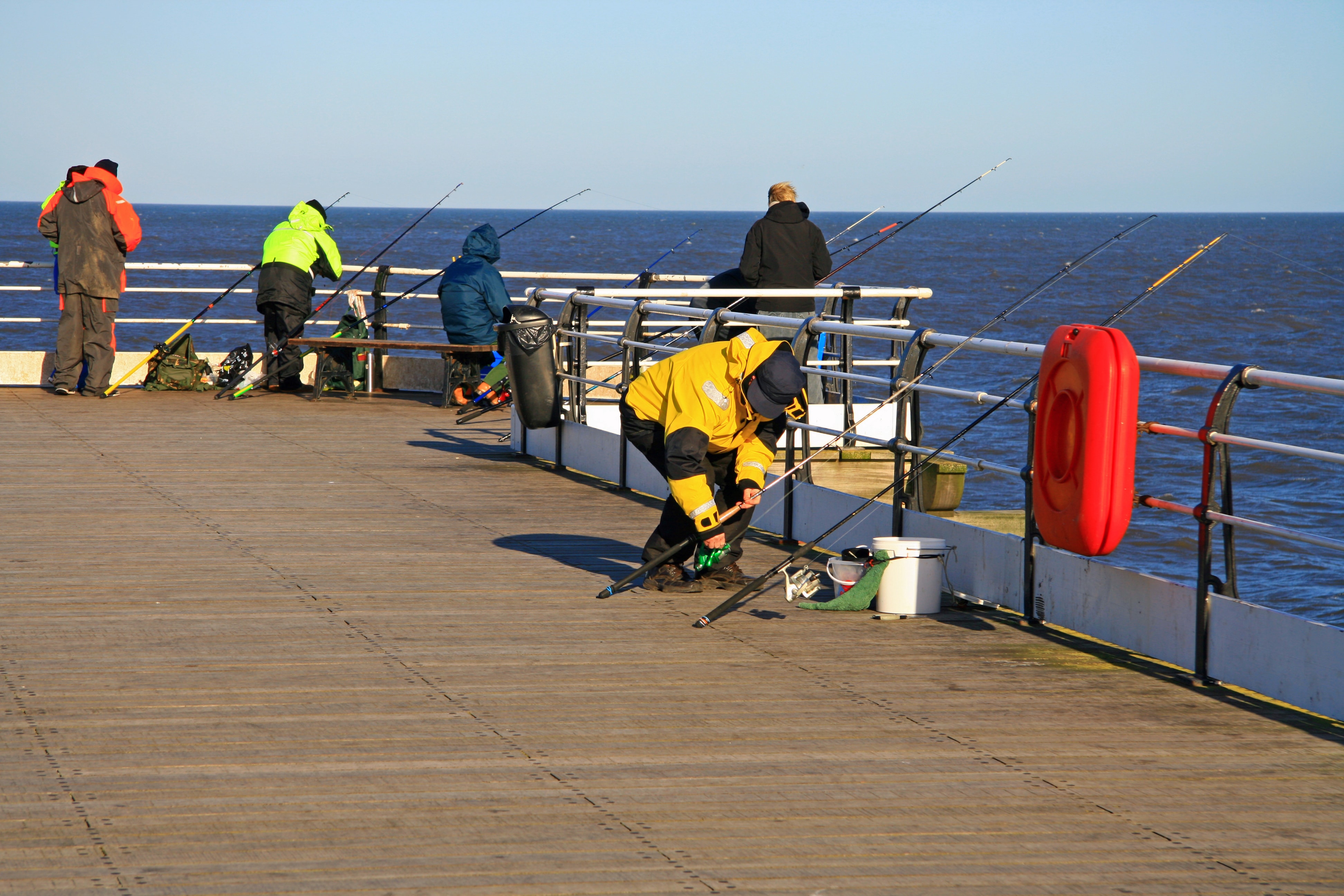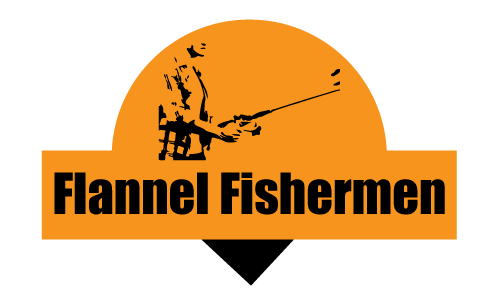How to Catch Big Fish From a Pier

Piers fishing is one of the most enjoyable forms of fishing. This delightfully-simple sport gives you the chance to catch hundreds of different species without a costly boat or cumbersome gear. All you really need is a good rod and reel, some bait, and a local fishing pier. It’s one of the easiest forms of fishing to start and one of the best ways to target waters ranging from shallow to deep.
While most pier fishing is done from saltwater locations on the Atlantic and Pacific coasts, many people in the Great Lakes region also enjoy pier fishing. Even larger lakes and bays could have structures considered “piers,” so no matter where you live in North America, there is likely some piers fishing nearby.
Let’s take a closer look at this fun and rewarding form of fishing. You may be surprised at just how much fishing success you can have by simply walking down the pier…
Pier Fishing Essentials
Selecting Your Gear
Many anglers who fish off of piers will bring two rods. The first is a lighter fishing rod that can be used to catch small fish and other light species. This is often used to catch bait fish which will then used to pull in larger trophies. The next one, of course, is a larger rod and reel set that will be loaded with heavier line and tackle. This will most often be a conventional spinning rod with 50-pound test or higher, depending on the species you are targeting. You won’t be catching massive marlins off of a pier, but there are plenty of large fish that will challenge your strength, so a strong rod with the heavier line is essential. You’ll also need medium-sized hooks and sinkers, usually in the one to the two-ounce range.
Baits vs. Lures: What’s the Right Choice
There are some fabulous lures that you can use while pier fishing, but the vast majority of anger will be throwing out live bait. When choosing bait, the first step is obvious: determine what the predator fish are eating. Live or cut specimen pulled straight from the water are usually the best, but you can also purchase baitfish, shrimp, crab, and other tasty morsels from the local bait shop.
When choosing artificial lures, select something that you can cast out and jig with an up and down motion, resembling a wounded fish. Lures that are designed to be vertically jigged, like spoon lures, can also be effective.
How to Choose the Right Pier
If you’re passionate about fishing, then no pier is a bad pier. However, there are some that will be more effective than others. Simply put, some piers are more active than others, but determining which ones present the best fishing takes time. You could spend weeks, months, and even years fishing off every pier in your area, but it’s best to scout out the piers, using both your eyes and your ears to gather information.
Using your ears is easy: just ask around. The local bait shop, people fishing the area, and anyone working on or near the pier should be able to provide some insight on what people are catching, what they’re using, and where they’re casting.
During periods of low tide, use your eyes to scan the sea floor. If there are noticeable structures nearby, including submerged materials, or drop-offs, this could present a wonderful opportunity to make a catch. Raised sandbars that run parallel to the shore are also great indicators of fish. The deeper toughs that run between the sandbar and the shore act as highways for species, giving you the chance to catch your prize.
Often (but not always), the longer piers are better, as they give you access to deeper waters and more choices for location. You can fish near the shore, which is often a smart choice in spring when the water is warming, or you can walk to the end and go as deep as possible. The more options you have, the greater your chance for a successful outing.
Where to Cast?
So you get your gear ready, pick out a popular fishing pier, and head to your spot. Now, where should you cast? Try straight down! The best structure, which is surprisingly overlooked by many pier anglers, is the pier itself. Don’t ignore this important and easy-to-target area, as many fish will be hanging out by the columns, waiting for a good meal to swim their way. Simply hover your rod tip over the water and let your bait fall. You’re now in position for the most success in pier fishing.
Use the Birds to Your Advantage
On a day-to-day basis, you can use the seagulls and other birds to locate schools of fish. These birds are hovering over the water looking for a meal, and they have a keen eye for fish that are sitting at surprisingly deep depths. If you see a few seagulls or pelicans feeding off the water or simply flying above, you have a clear indicator of where the baitfish are sitting. If you can cast near the birds, you bait will likely be near the fish as well.
Bring a Pair of Quality Polarized Sunglasses
One advantage of pier fishing is the raised perspective you have on the water. In clear, calm conditions, this can be used to spot fish and make effective casts right to their nose. However, you need a good pair of polarized sunglasses to see through the glare of the water. Polarized sunglasses have a special feature that blocks reflected light, and a good pair of clear conditions will allow you to see through the water like it’s barely there at all.
With these tips, you can have excellent success fishing off the pier. The next time you go fishing, head to the pier and have a great time over the water!
